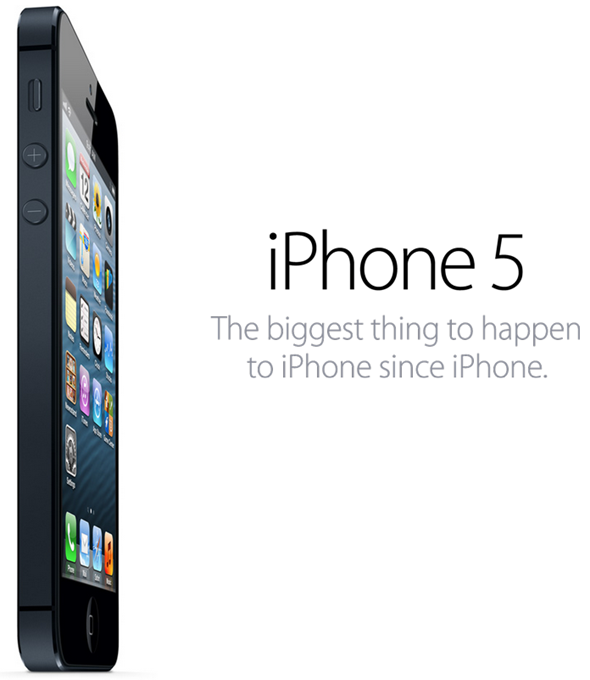In countries like the USA, smartphones are mostly sold at a subsidized rate. On the face of it, paying $199 for a high-end smartphone may seem cheap, but since it always comes with a postpaid contract with your wireless carrier that can last up to three years, it isn’t always the case. As a matter of fact, it’s been shown over the years that buying a subsidized phone with a contract is actually more expensive in the long run compared to getting an unsubsidized, factory unlocked phone and choosing your own prepaid plan on your network of choice.
This statement has been reinforced once again with a new infographic that shows the true cost of a subsidized iPhone 5. Check it out after the jump.

The infographic comes from marketing firm Avalaunch Media via Mashable. The information is based on multiple credible online resources like Forbes, The Next Web, Digital Trends and Wired.
Assuming that you buy the base 16GB model ($199) with a two year contract ($1439) from AT&T, a protective case ($50), car charger ($10), stereo speakers ($100) and an armband ($10), the minimum total cost of the iPhone 5 in the USA goes slightly north of a whopping $1800.
Keep in mind that this is considering the cheapest two year contract – with limited talk time, pay as you go texts and only 300MB of monthly bandwidth. Heavier smartphone users will opt for unlimited data plan which can cost more than $5000 over two years on AT&T. The infographic mentions apps and other accessories as well, but doesn’t include them in the final cost as well.
Avalaunch did not include figures for an unsubsidized iPhone 5, but I did some basic research and found that a reasonably basic prepaid plan from AT&T would lower the overall cost by $400-$500.
Check out the infographic for yourself below:

Other interesting findings from the infographic: AT&T’s basic postpaid plan is the cheapest over two years at $1439, but their unlimited plan is also the most expensive at $5520. If you’re looking for unlimited data plans, you’re much better off with Verizon’s $4560 plan or Sprint’s $2639 one. Keep in mind though, that Verizon’s 4G LTE network covers more regions in the U.S. than any other wireless carrier.
You may also like to check out:
You can follow us on Twitter, add us to your circle on Google+ or like our Facebook page to keep yourself updated on all the latest from Microsoft, Google, Apple and the web.

